By Jim Davis - Florida Catholic
Photography: JIM DAVIS | FC
MIAMI | The Assumption of Mary, for which South Florida’s Ukrainian Catholic church is named, is a puzzle on the Church calendar. It’s the oldest festival devoted to Mary, yet no one knows quite when it began.
The belief was stated as dogma only in 1950, but it goes way back. St. John Paul II cited apocryphal documents called Transitus Mariae, or “The Crossing Over of Mary,” dating to the second and third centuries.
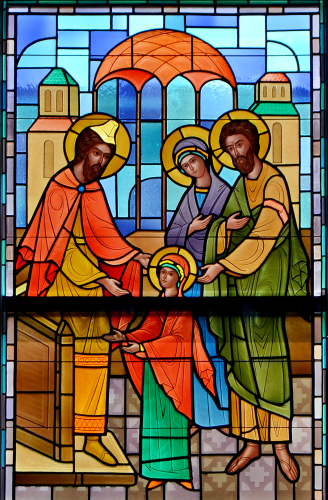
Photographer: Jim Davis | FC
Presentation of Mary in the Temple.
Queen Helena, the mother of King Constantine, had learned of the belief about a century beforehand. When she began restoring Jerusalem, the residents told her of two holy sites: the “Place of Dormition” on Mount Zion, and the empty “Tomb of Mary” on the edge of the city.
At the Council of Chalcedon in 451, Emperor Marcian asked the patriarch of Jerusalem to bring the relics of Mary to Constantinople. The patriarch replied that there were none – that when the tomb was opened three days after her burial, it was empty except for her shroud. The apostles concluded that her body must have been taken up to heaven.
Mary’s memory was celebrated in Palestine since at least the fifth century, then spread to all the churches of the Eastern Roman Empire. In the seventh century, it was named in Rome as the celebration of the “Dormitio,” or “Falling Asleep.” Later, it was renamed as the Festival of the Assumption, to emphasize her physical transition to heaven.
In 1946, Pope Pius XII polled bishops, clergy and laity whether a formal declaration would be timely. The overwhelming majority said yes, paving the way for his pronouncement in 1950.
Speaking ex cathedra – from the Chair of Peter – Pius declared that Mary, “having completed the course of her earthly life, was assumed body and soul into heavenly glory.” He thus set the belief as bedrock Catholic doctrine.
Although the Assumption is not stated in the Bible, Pius’ encyclical did cite several scriptural texts to support the belief. Among them was Revelation chapter 12. The chapter offers a vision of a mother “clothed with the sun, and a moon under her feet, and on her head a crown of twelve stars” – a now-familiar image of Mary as rendered by artists.
Pius also reasoned that Mary, having been pronounced “full of grace” by the archangel Gabriel, would be spared the penalties of sin caused by Adam and Eve. If “death is swallowed up in victory,” as I Corinthians 15:54 says, the mother of Jesus would be first to reap the full blessings of redemption that he secured.
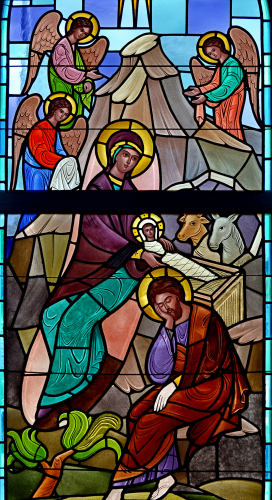
Photographer: Jim Davis | FC
In the Nativity window, Mary beds down the Christ Child as a weary Joseph drowses.
The Old Testament does cite precedents for the Assumption. It says that the righteous Enoch “walked faithfully with God; then he was no more, because God took him away.” Centuries later, Elijah was whisked away in a whirlwind without dying.
Although many theologians believe that she did die physically, the papal statement by Pius XII avoided the term, focusing instead on her elevation into heaven. For believers, a major takeaway is that if Christ rose, and Mary showed the first results of his work, his present-day followers can hope that they too will reach heaven one day.
The memory of Mary continues in Jerusalem as well. The Abbey of the Dormition still stands under Benedictine administration. And the reputed tomb of Mary lies under a church at the foot of the Mount of Olives.
Matters of origin and theology aside, the Assumption is one of the most-celebrated festivals in the Church. In Europe, it’s a public holiday from Germany to Spain to Greece to Slovenia. Although not a public holiday in Australia, Canada, the United Kingdom and the United States, it’s also celebrated there.
Pageants, processions and even fireworks mark the day in various places. In Germany, people adapted the pre-Christian Blessing of Herbs to honor Mary, partly because of their view of her as a sweet-smelling flower.
In South Florida, the Ukrainian parish is named the Assumption of the Blessed Virgin Mary Ukrainian Catholic Church. The congregation worships in English and Ukrainian, using the Byzantine liturgy.
The congregation has worshiped in Miami since 1949; it organized formally four years later. The members got their own church building, with its three gold-colored onion domes, in 1958.
The parish serves mainly people in Miami-Dade, Broward and Monroe counties, but it covers an enormous range – from Melbourne in the north to the Florida Keys in the south.
The Archdiocese of Miami has another church named after theAssumption, this one in the Latin rite, and located in Lauderdale-By-The-Sea.
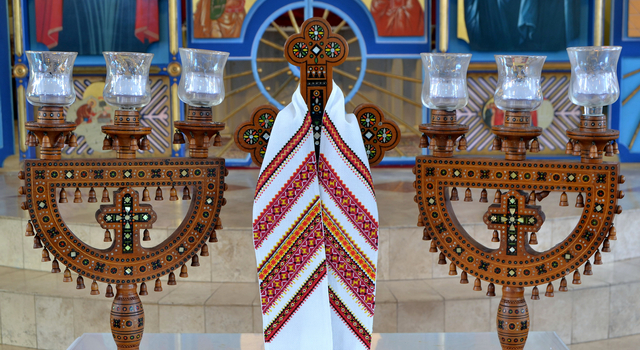

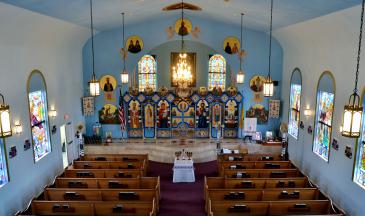
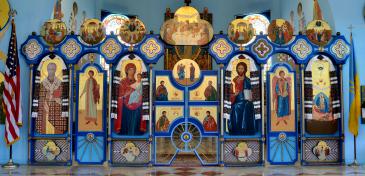
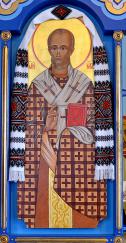

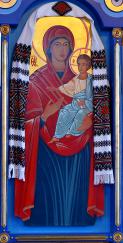
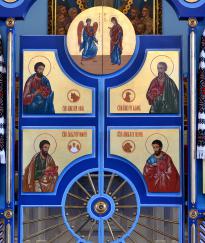
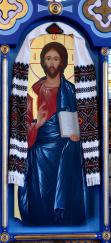

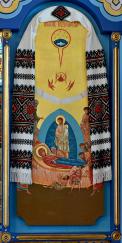
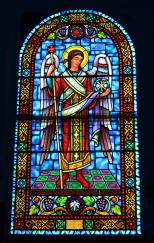


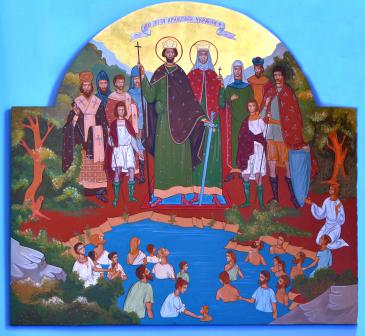
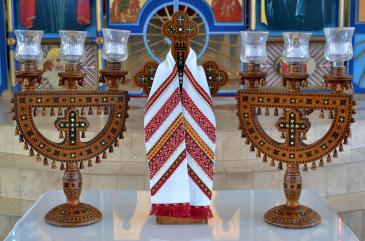
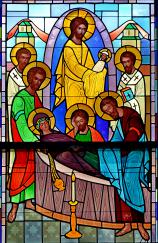
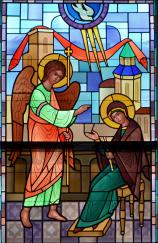
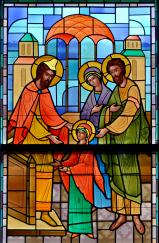
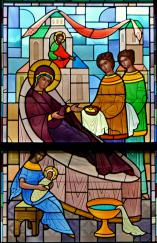
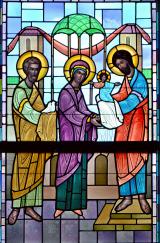
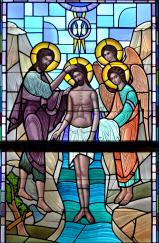
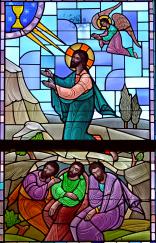
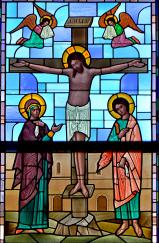




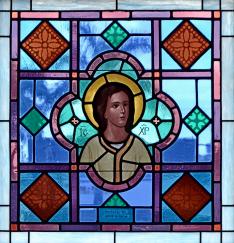
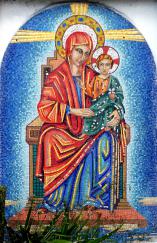


Comments from readers